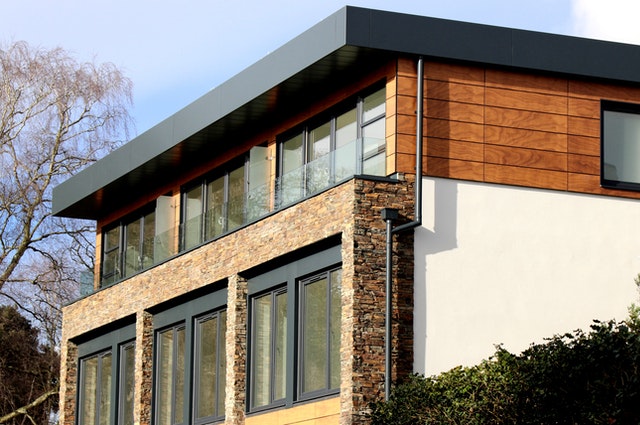Common Issues Older Homes Encounter & How To Fix Them
It’s fair to say that older homes can easily fall victim to countless different problems due to their age and when they were built, so it’s always a good idea to have a few tricks up your sleeve that allows you to tackle these common issues in the most effective way. Thankfully this guide explains some of the dangers you might encounter when you own an old home as well as how to fix them, so what are you waiting for? Read on to discover more!

Damp & Mold Growth
Many older homes can fall victim to damp or mold growth at some point in their lifespan, especially if they are left unoccupied for some time. There are numerous causes of dampness and mold that you need to be aware of to ensure you can minimize the risks of such a troublesome issue from bothering your older property.
One of the most common is a leaking roof, as your roof may have fallen victim to wear and tear damage over time that has subsequently allowed water to get inside when it rains. Even a tiny hole in your roof could end up doing severe damage to your home and its structure, especially if it’s made out of wood rather than concrete, so inspect your roof regularly to make sure it’s in a good condition.
Old pipework can also lead to leaks, bursts, and other water-related problems, so having an emergency plumber on speed dial will help you to minimize the damage. You may find it beneficial to replace some of the older sections of pipework inside your property, as this will no doubt limit the likelihood of a leak. Be sure to keep a steady flow of fresh air wafting through your home through open windows as a final step to keep damp and mold at bay in your older home.
Unwanted Pest Guests
Another troublesome issue that a number of older homes seem to be at greater risk of encountering is unwanted pest guests. Pests can be a dangerous issue that really gets on your last nerve, especially if you’re living in a family home with children or the elderly who are at greater risk of infection or illness.
Pests can come in all shapes and sizes, from tiny bugs like termites that can chew their way through your wood, to larger animals like bats that can set up shop in your loft space and leave their toxic droppings behind. If you ever spot the signs of a pest, then you need to find a reputable team like Sniper Termite and Pest Control to come out to your older property to get rid of any unwanted visitors.
It’s not a task that you should be tackling alone, as the use of heavy chemicals and the risk of being stung or bitten is something that only a trained professional knows how to handle.
Understanding the most common issues that older homes encounter, as well as how you can fix them, will certainly make home ownership a simpler task.




By the way, very often pests live in air ducts. Damaged air ducts in old homes are especially attractive for different types of rodents because they are easier to get into them. If pests carry in dander or leave behind droppings, it will get into your airstream, leading to the spread of diseases like hantavirus. That’s why you should remember to inspect ducts from time to time an seal them if needed. By inspecting air ducts once a year, you can prevent many problems.
Another thing you can encounter living in an old home is outdated HVAC system. An old HVAC system can cause problems such as uneven temperature in the house, poor air quality, high humidity. So, if your HVAC are more than 15-20 years old and need constant repairs, consider replacing it.
I know that nobody wants spend money by replacing units which are still work. But keep in mind that old units work very inefficiently and consume lots of energy, making you pay more for utility bills.
Another thing to pay attention to is an electric panel. Older homes could have a panel with a total amp capacity as low as 100 amps, which is obviously not enough for the average household.
The old or not suitable panel should be upgraded. Otherwise, it can cause fires from an overload.